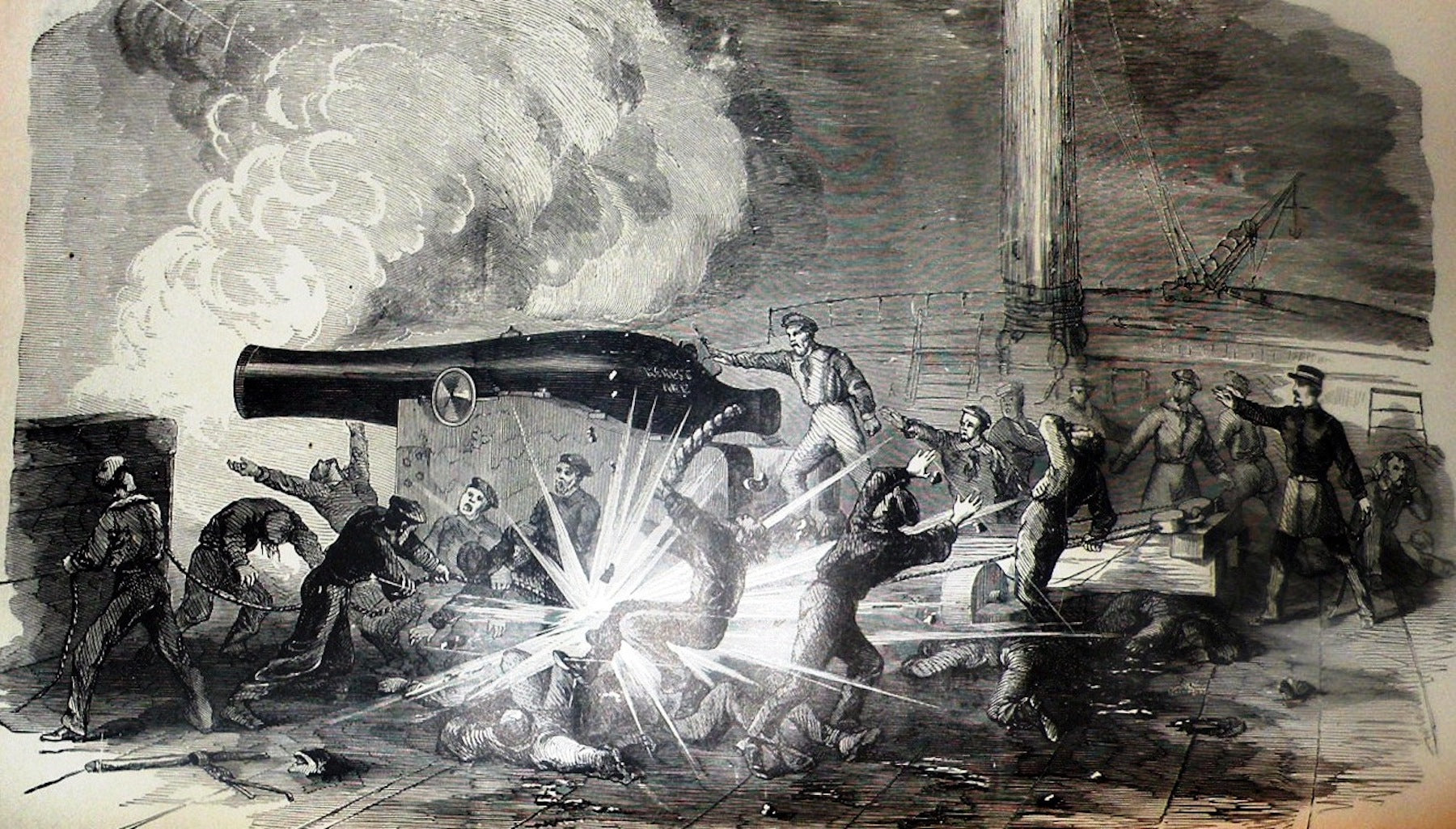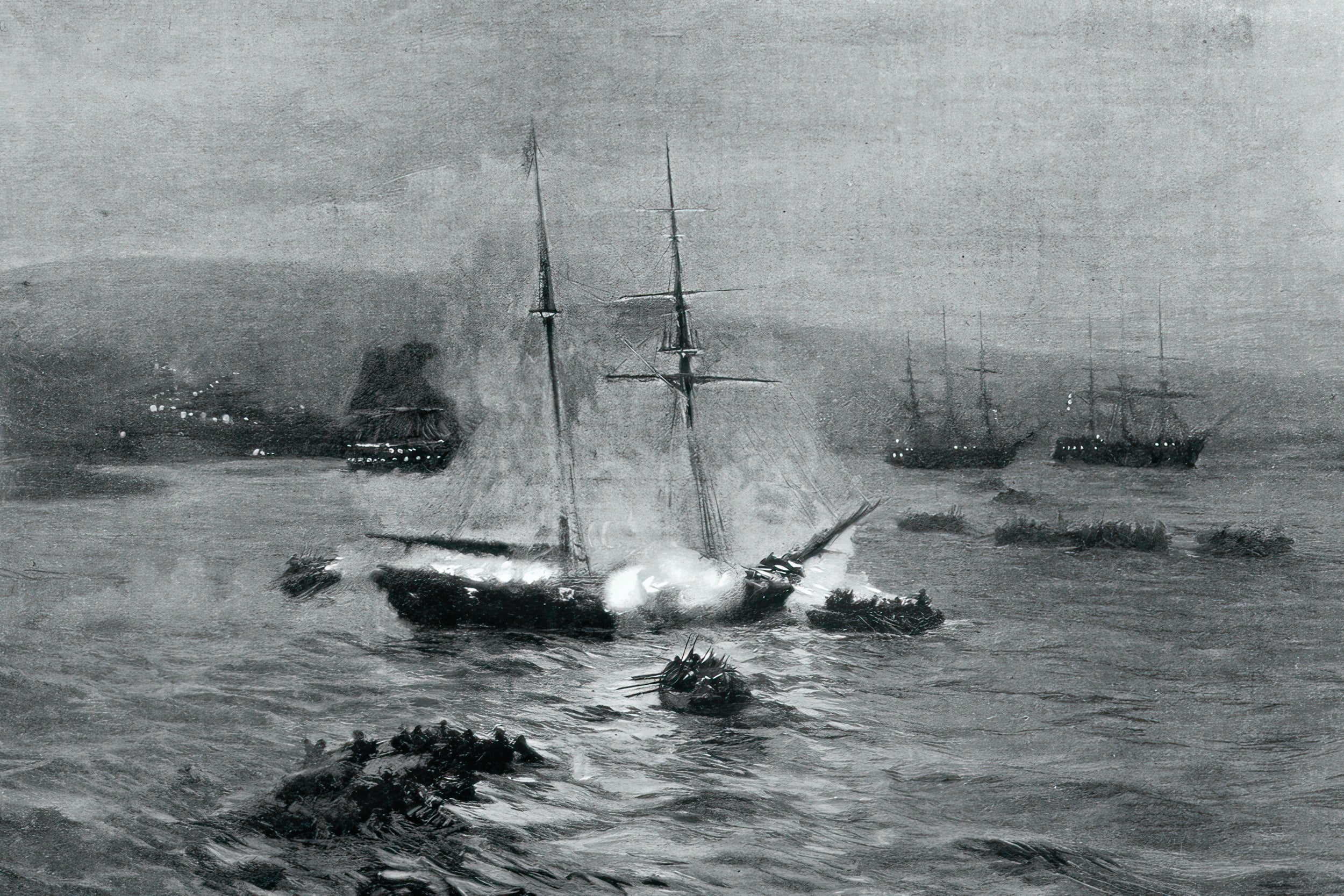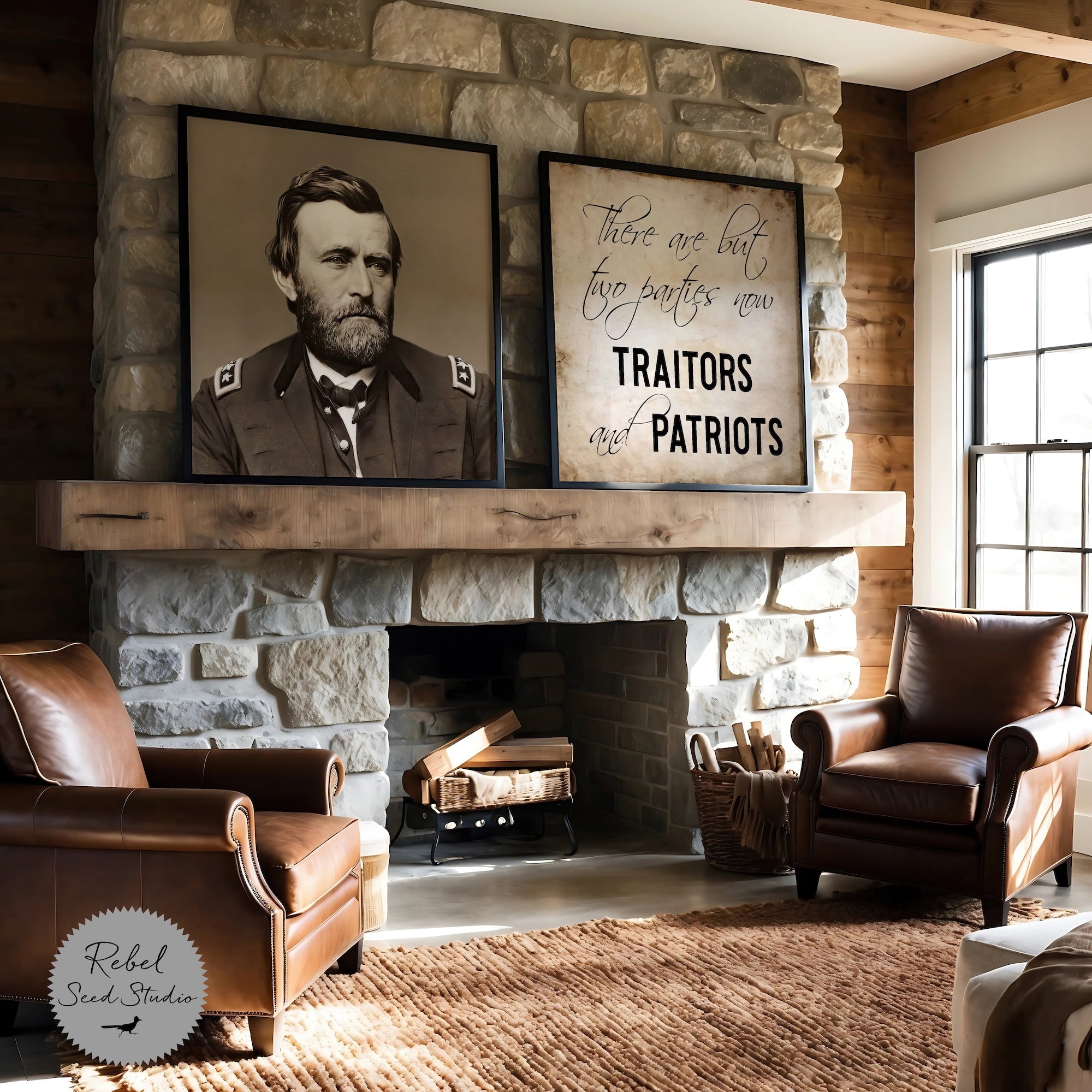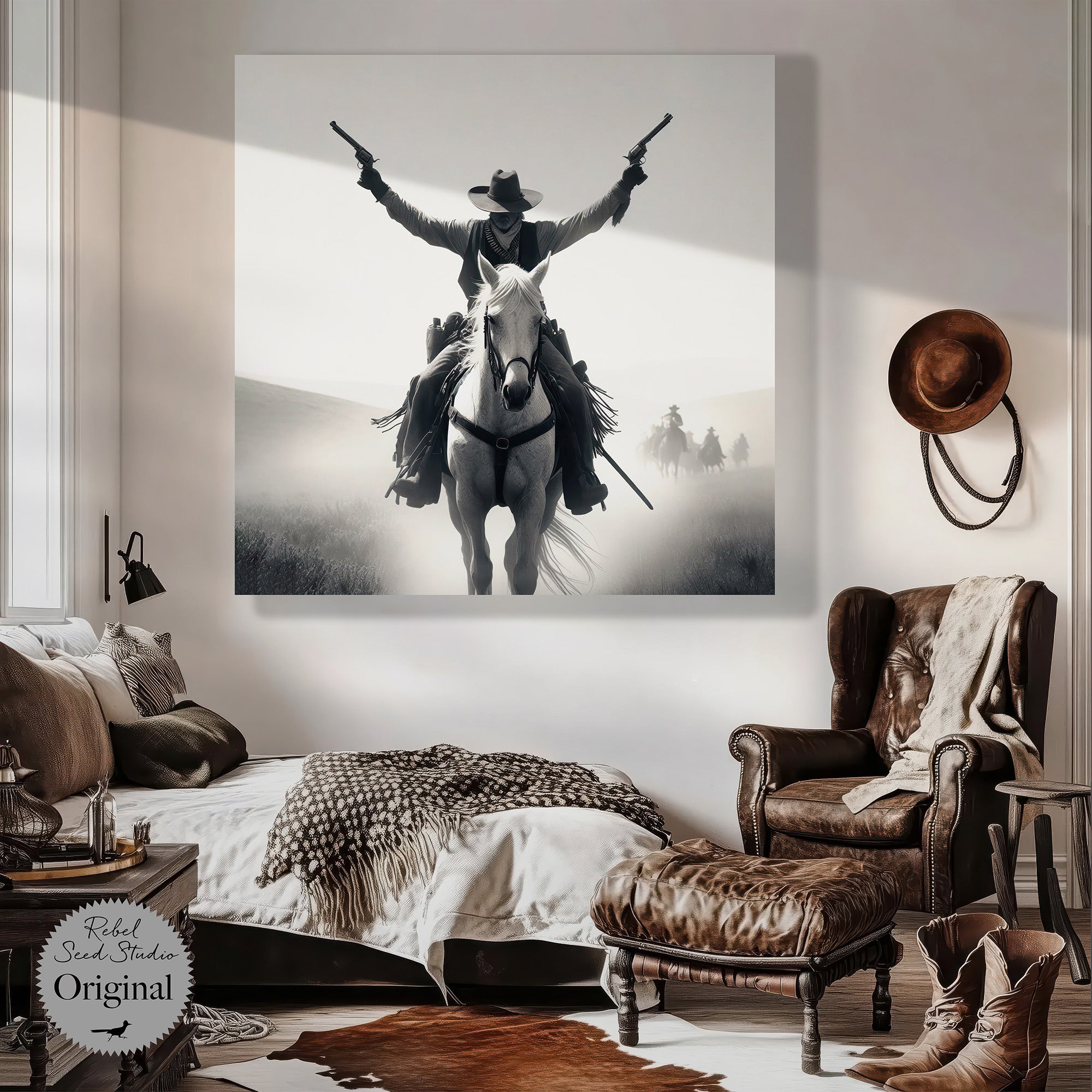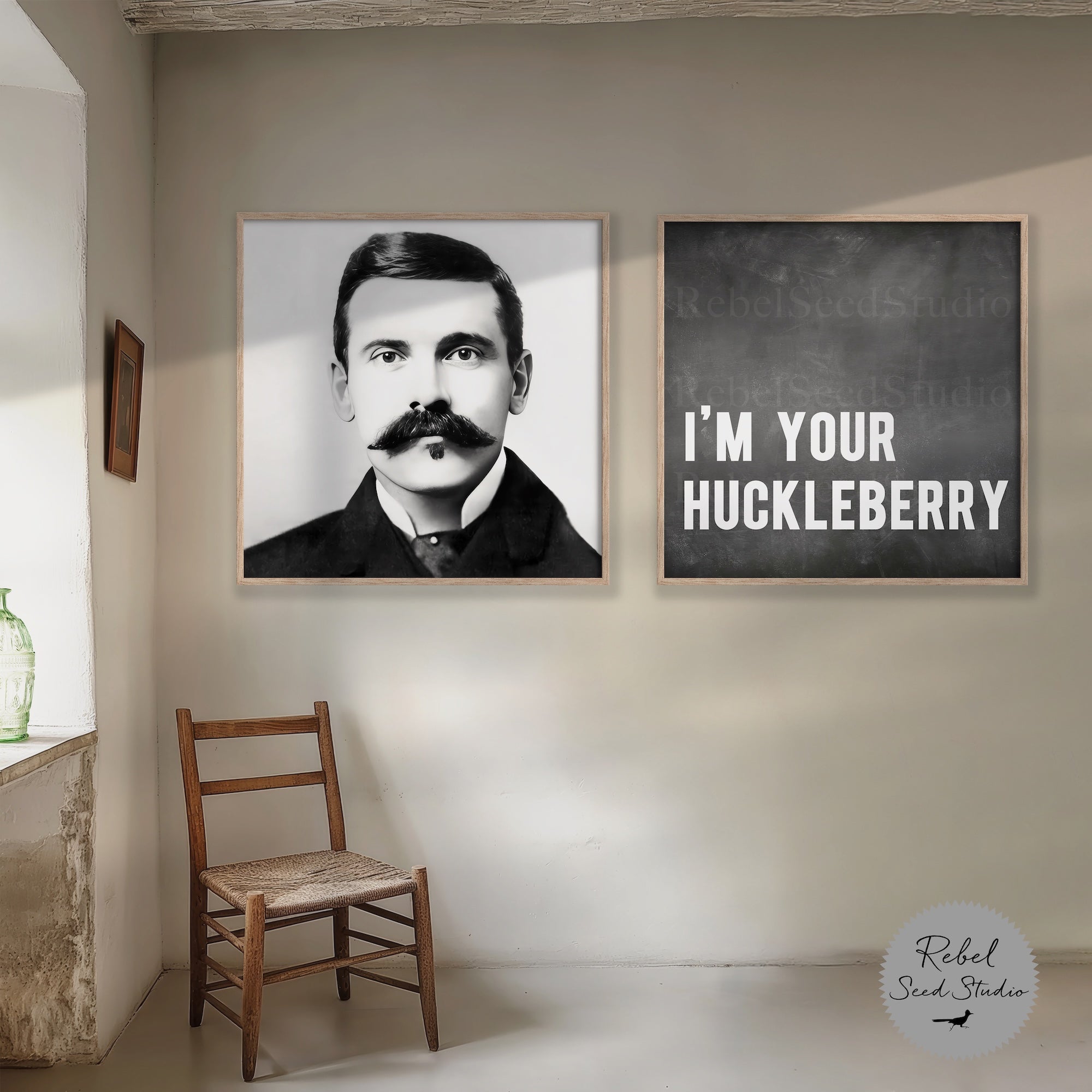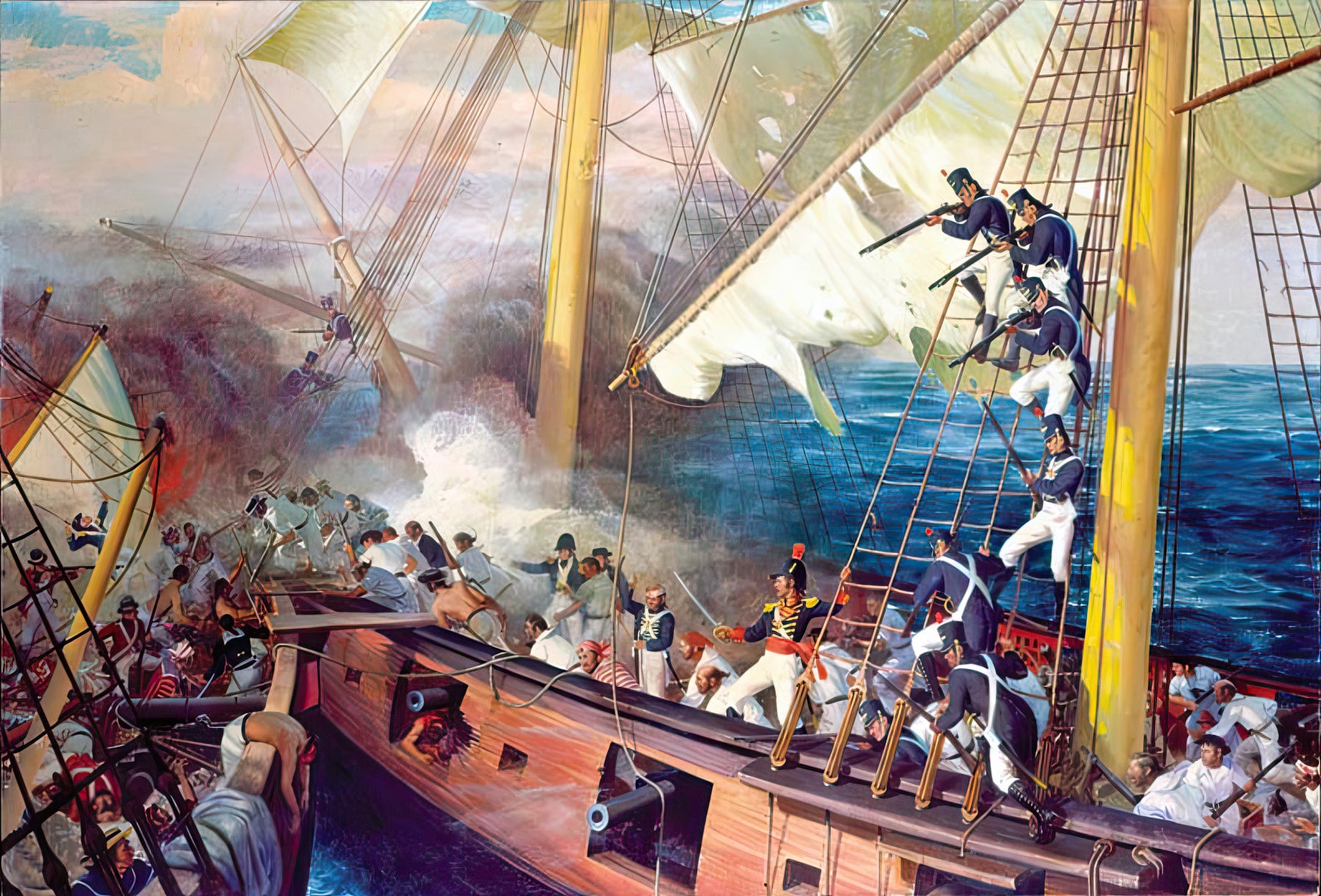
The Cruise of the U.S.S. Wasp (Historical Reprint)
Historical article reprinted from the book "Hero Tales From American History" written by Theodore Roosevelt in 1895.
A crash as when some swollen cloud
Cracks o'er the tangled trees!
With side to side, and spar to spar,
Whose smoking decks are these?
I know St. George's blood-red cross,
Thou mistress of the seas,
But what is she whose streaming bars
Roll out before the breeze?
Ah, well her iron ribs are knit,
Whose thunders strive to quell
The bellowing throats, the blazing lips,
That pealed the Armada's knell!
The mist was cleared, - a wreath of stars
Rose o'er the crimsoned swell,
And, wavering from its haughty peak,
The cross of England fell!
- Holmes
In the War of 1812 the little American Navy, including only a dozen frigates and sloops of war, won a series of victories against the English, the hitherto undoubted masters of the sea, that attracted an attention altogether out of proportion to the force of the combatants or the actual damage done. For 150 years the English ships of war had failed to find fit rivals in those of any other European power, although they had been matched against each in turn, and when the unknown Navy of the new nation growing up across the Atlantic did what no European Navy had ever been able to do, not only the English and Americans, but the people of Continental Europe as well, regarded the feat as important out of all proportion to the material aspects of the case.
The Americans first proved that the English could be beaten at their own game on the sea. They did what the huge fleets of France, Spain, and Holland had failed to do, and the great modern writers on naval warfare in Continental Europe - men like Jurien de la Graviere - have paid the same attention to these contests of frigates and sloops that they give to whole fleet actions of other wars.
Among the famous ships of the Americans in this war were two named the Wasp. The first was an eighteen-gun ship-sloop, which at the very outset of the war captured a British brig-sloop of twenty guns, after an engagement in which the British fought with great gallantry, but were knocked to pieces, while the Americans escaped comparatively unscathed. Immediately afterward a British seventy-four captured the victor. In memory of her, the Americans gave the same name to one of the new sloops they were building. These sloops were stoutly made, speedy vessels which in strength and swiftness compared favorably with any ships of their class in any other Navy of the day, for the American shipwrights were already as famous as the American gunners and seamen.
The new U.S.S. Wasp, like her sister ships, carried 22 guns and a crew of 170 men, and was ship-rigged. Twenty of her guns were 32-pound carronades, while for bow-chasers she had two "long Toms." It was in the year 1814 that the Wasp sailed from the United States to prey on the Navy and commerce of Great Britain. Her commander was a gallant South Carolinian named Captain Johnson Blakeley. Her crew were nearly all native Americans, and were an exceptionally fine set of men. Instead of staying near the American coasts or of sailing the high seas, the Wasp at once headed boldly for the English Channel, to carry the war to the very doors of the enemy.
At that time the English fleets had destroyed the navies of every other power of Europe, and had obtained such complete supremacy over the French that the French fleets were kept in port. Off these ports lay the great squadrons of the English ships of the line, never, in gale or in calm, relaxing their watch upon the rival war ships of the French emperor. So close was the blockade of the French ports, and so hopeless were the French of making headway in battle with their antagonists, that not only the great French three-deckers and two-deckers, but their frigates and sloops as well, lay harmless in their harbors, and the English ships patrolled the seas unchecked in every direction. A few French privateers still slipped out now and then, and the far bolder and more formidable American privateersmen drove hither and thither across the ocean in their swift schooners and brigantines, and harried the English commerce without mercy.
The Wasp proceeded at once to cruise in the English Channel and off the coasts of England, France, and Spain. Here the water was traversed continually by English fleets and squadrons and single ships of war, which were sometimes convoying detachments of troops for Wellington's Peninsular army, sometimes guarding fleets of merchant vessels bound homeward, and sometimes merely cruising for foes. It was this spot, right in the teeth of the British naval power, that the Wasp chose for her cruising ground. Hither and thither she sailed through the narrow seas, capturing and destroying the merchantmen, and by the seamanship of her crew and the skill and vigilance of her commander, escaping the pursuit of frigate and ship of the line. Before she had been long on the ground, one June morning, while in chase of a couple of merchant ships, she spied a sloop of war, the British brig Reindeer, of 18 guns and 120 men. The Reindeer was a weaker ship than the Wasp. Her guns were lighter, and her men fewer, but her commander, Captain Manners, was one of the most gallant men in the splendid British Navy, and he promptly took up the gage of battle which the Wasp threw down.
The day was calm and nearly still, only a light wind stirred across the sea. At one o'clock, the Wasp's drum beat to quarters, and the sailors and Marines gathered at their appointed posts. The drum of the Reindeer responded to the challenge, and with her sails reduced to fighting trim, her guns run out, and every man ready, she came down upon the Yankee ship. On her forecastle she had rigged a light carronade, and coming up from behind, she five times discharged this point blank into the American sloop, then in the light air the latter luffed round, firing her guns as they bore, and the two ships engaged yardarm to yardarm.

Painting: The U.S.S. Wasp and British brig Reindeer
The guns leaped and thundered as the grimy gunners hurled them out to fire and back again to load, working like demons. For a few minutes the cannonade was tremendous, and the men in the tops could hardly see the decks for the wreck of flying splinters. Then the vessels ground together, and through the open ports the rival gunners hewed, hacked, and thrust atone another, while the black smoke curled up from between the hulls. The English were suffering terribly. Captain Manners himself was wounded, and realizing that he was doomed to defeat unless by some desperate effort he could avert it, he gave the signal to board. At the call, the boarders gathered, naked to the waist, black with powder and spattered with blood, cutlas and pistol in hand. But the Americans were ready. Their Marines were drawn up on deck, the pikemen stood behind the bulwarks, and the officers watched, cool and alert, every movement of the foe. Then the British Sea Dogs tumbled aboard, only to perish by shot or steel. The combatants slashed and stabbed with savage fury, and the assailants were driven back.
Manners sprang to their head to lead them again himself, when a ball fired by one of the sailors in the American tops crashed through his skull, and he fell, sword in hand, with his face to the foe, dying as honorable a death as ever a brave man died in fighting against odds for the flag of his country. As he fell the American officers passed the word to board. With wild cheers the fighting sailor men sprang forward, sweeping the wreck of the British force before them, and in a minute the Reindeer was in their possession. All of her officers, and nearly two thirds of the crew, were killed or wounded, but they had proved themselves as skillful as they were brave, and 26 of the Americans had been killed or wounded.
The Wasp set fire to her prize, and after retiring to a French port to refit, came out again to cruise. For some time she met no antagonist of her own size with which to wage war, and she had to exercise the sharpest vigilance to escape capture. Late one September afternoon, when she could see ships of war all around her, she selected one which was isolated from the others, and decided to run alongside her and try to sink her after nightfall. Accordingly, she set her sails in pursuit, and drew steadily toward her antagonist, a big eighteen-gun brig, the Avon, a ship more powerful than the Reindeer. The Avon kept signaling to two other British war vessels which were in sight (one an eighteen-gun brig and the other a twenty-gun ship). They were so close that the Wasp was afraid they would interfere before the combat could be ended. Nevertheless, Blakeley persevered, and made his attack with equal skill and daring.

Painting: Action Between U.S. Sloop-of-War Wasp and H.M. Brig-of-War Frolic (by Richard Willis)
It was after dark when he ran alongside his opponent, and they began forthwith to exchange furious broadsides. As the ships plunged and wallowed in the seas, the Americans could see the clusters of top men in the rigging of their opponent, but they knew nothing of the vessel's name or of her force, save only so far as they felt it. The firing was fast and furious, but the British shot with bad aim, while the skilled American gunners hulled their opponent at almost every discharge. Within a few minutes the Avon was in a sinking condition, and she struck her flag and cried for quarter, having lost forty or fifty men, while but three of the Americans had fallen. Before the Wasp could take possession of her opponent, however, the two war vessels to which the Avon had been signaling came up. One of them fired at the Wasp, and as the latter could not fight two new foes, she ran off easily before the wind. Neither of her new antagonists followed her, devoting themselves to picking up the crew of the sinking Avon.
It would be hard to find a braver feat more skillfully performed than this - for Captain Blakeley, with hostile foes all round him, had closed with and sunk one antagonist not greatly his inferior in force, suffering hardly any loss himself, while two of her friends were coming to her help. Both before and after this, the Wasp cruised hither and thither making prizes. Once she came across a convoy of ships bearing arms and munitions to Wellington's army, under the care of a great two-decker. Hovering about, the swift sloop evaded the two-decker's movements, and actually cut out and captured one of the transports she was guarding, making her escape unharmed. Then she sailed for the high seas.
She made several other prizes, and on October 9, 1814, spoke a Swedish brig. This was the last that was ever heard of the gallant Wasp. She never again appeared, and no trace of any of those aboard her was ever found. Whether she was wrecked on some desert coast, whether she foundered in some furious gale, or what befell her none ever knew. All that is certain is that she perished, and that all on board her met death in some one of the myriad forms in which it must always be faced by those who go down to the sea in ships. And when she sank, there sank one of the most gallant ships of the American Navy, with as brave a captain and crew as ever sailed from any port of the New World.


